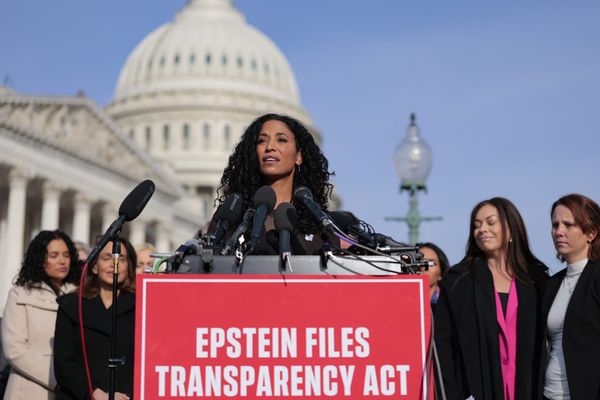
A possible Federal Reserve rate cut in September could supercharge an already euphoric U.S. stock market, stoking fears of a melt-up rally driven more by momentum and the fear of missing out (FOMO) than fundamentals.
- QQQ ETF has risen for five straight months. Check the chart here.
That's the take from Ed Yardeni, president of Yardeni Research, who said the economy "is too resilient and inflation is not close enough to 2.0% for Fed officials to muck around with easing."
The S&P 500 – as tracked by the Vanguard S&P 500 ETF (NYSE:VOO) – has jumped 3.4% since August 1, when a weaker-than-expected jobs report triggered bets on easier monetary policy. The index closed at another record high last Thursday, highlighting the bullish mood among stock investors.
Yet markets are already pricing in a cut, and the potential policy shift is adding fuel to Wall Street's fire.
Inflation Says A Rate Cut Is Not Needed
However, last week, signs of inflationary pressures re-emerged, questioning the urgency of a Fed move in September.
The July Consumer Price Index held steady at 2.7% year-over-year, but it was the Producer Price Index that delivered a jolt. Prices at the wholesale level surged 0.9% month-over-month, the largest monthly increase in three years, pushing the annual rate to 3.3%—well above expectations of 2.7%.
That development could be a red flag.
Yardeni said that "Trump's tariffs aren't pushing inflation higher (so far), but they may have caused inflation to stall around 3.0% rather than falling to the Fed's 2.0% target."
How Much Higher Can Stocks Go?
If the Fed cuts interest rates, stock market valuations may reach bubble territory.
The Buffett Ratio—calculated as the ratio of total market cap to GDP—rose to a record 3.1 in mid-August.
The S&P 500's forward price-to-earnings ratio hit 22.5 that week, just 11% away from the Tech Bubble peak of 25.0 in 2000.
Since the April lows, tech and AI-heavy sectors are up 50.7%, while the S&P 500 gained 28.2% as of last Friday.
Yardeni warns that "the only problem with melt-ups is that they are followed by meltdowns," drawing comparisons to the late 1990s' Tech Bubble and subsequent crash.
Fed Credibility Is Now At Stake
If the Federal Open Market Committee proceeds with a rate cut at its September 16-17 meeting despite elevated inflation, Yardeni says it could damage the Fed's credibility as an inflation-fighting institution.
That may trigger a response from the so-called "Bond Vigilantes"—market participants who demand higher yields to compensate for inflation risks.
"It is up to them to maintain law and order in the credit markets now that the sheriff isn't doing so," Yardeni said.
Bond yields would remain elevated, frustrating President Trump's push to lower mortgage rates and revive the housing market.
Last year, when the Fed cut rates, the 30-year mortgage rate paradoxically rose from 6.08% at the end of September to 6.95% by early February 2025.
The Fed now walks a tightrope.
“For the Fed, a stock market meltup increases the likelihood of financial instability,” Yardeni said.
Ease too early, and it may inflate an asset bubble. Hold rates steady, and it risks political pressure from the White House.
With inflation still hovering around 3% and economic activity resilient, a September rate cut might not be needed. However, if it does happen, markets could take off—for better or worse.
Read now:
Photo: Shutterstock







